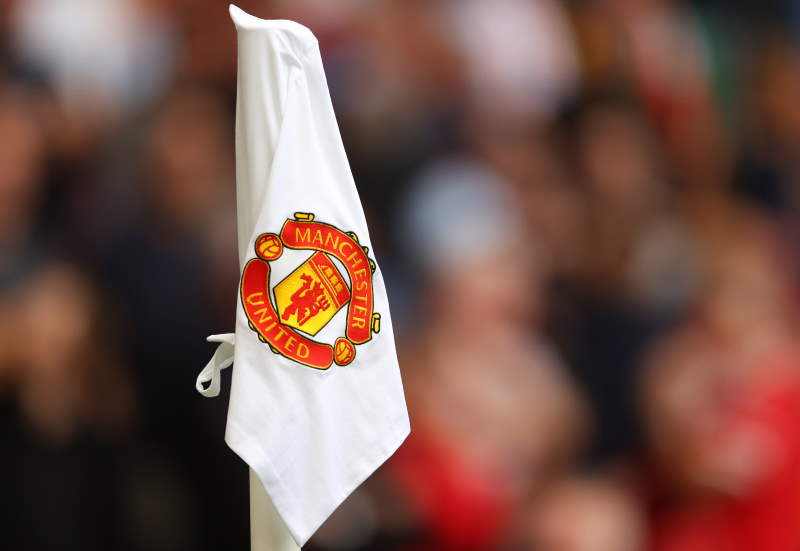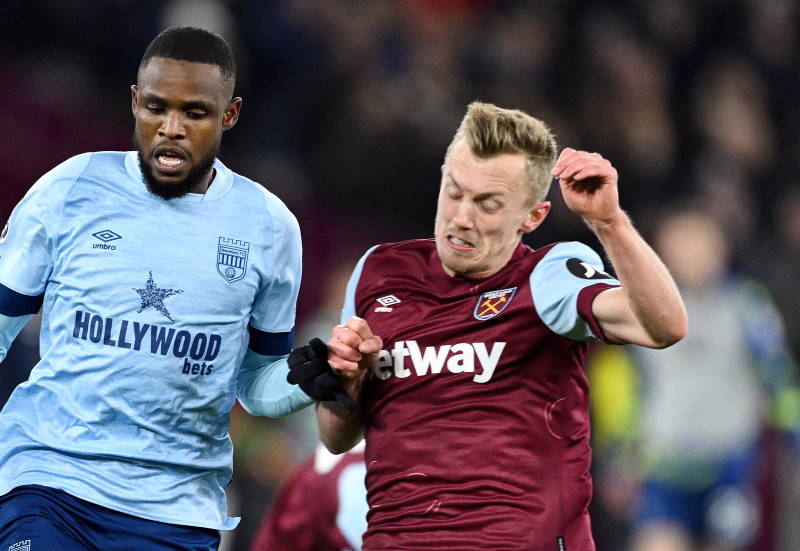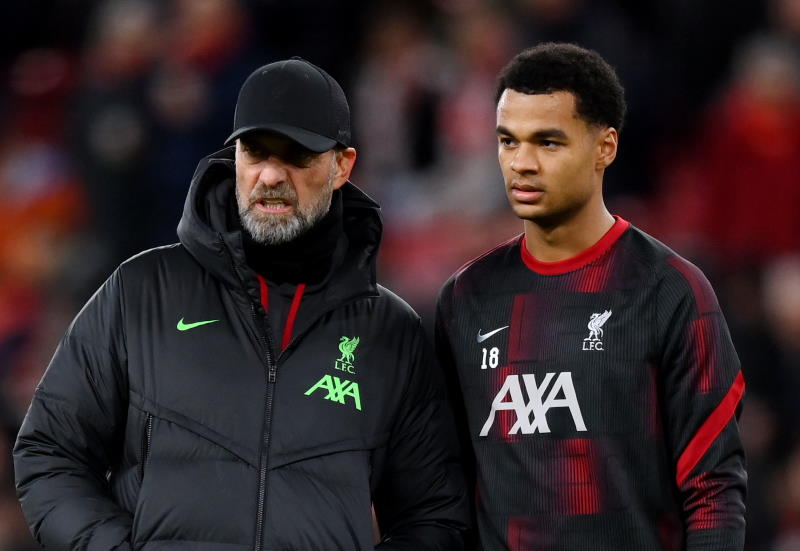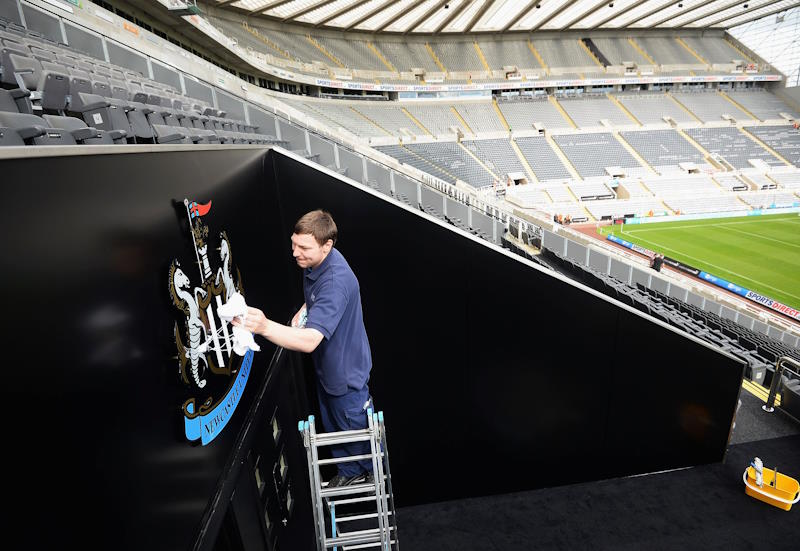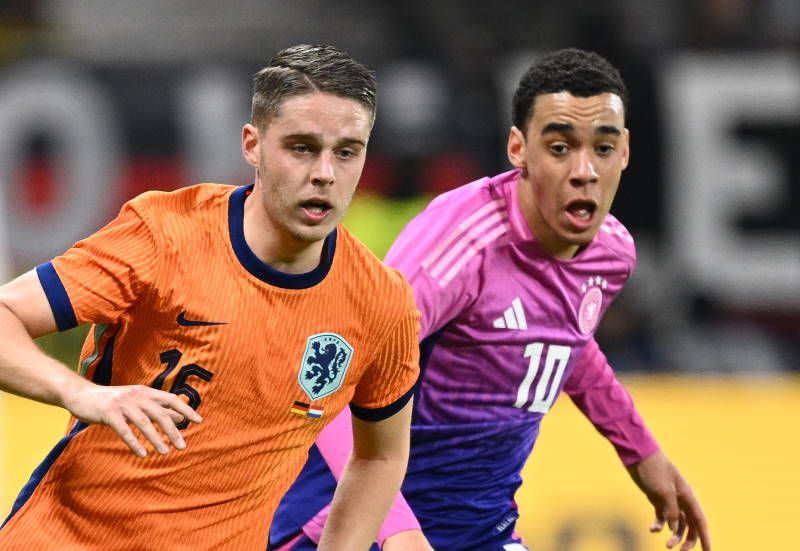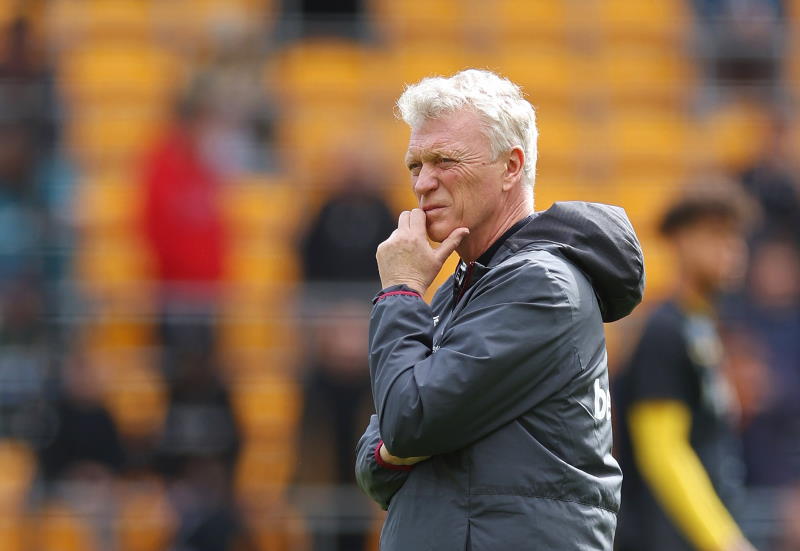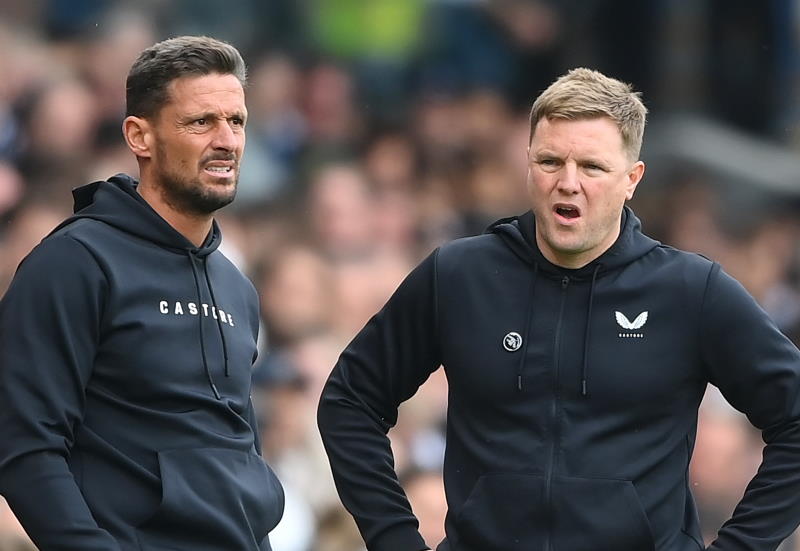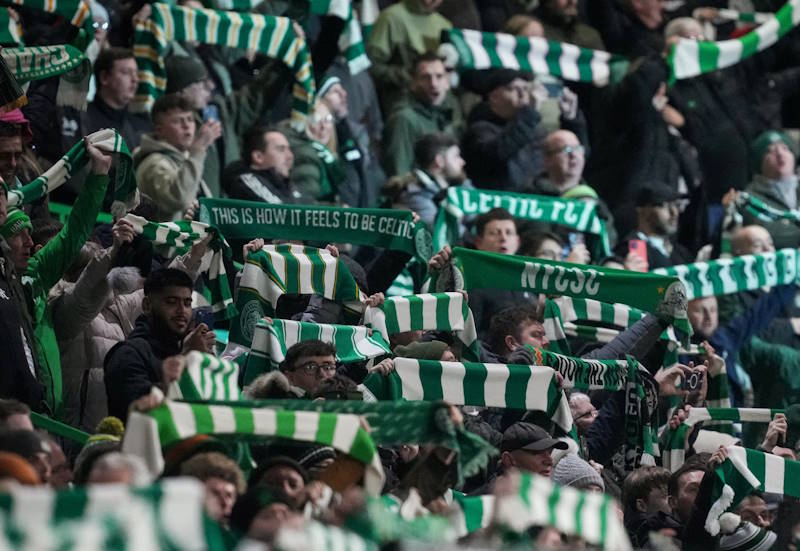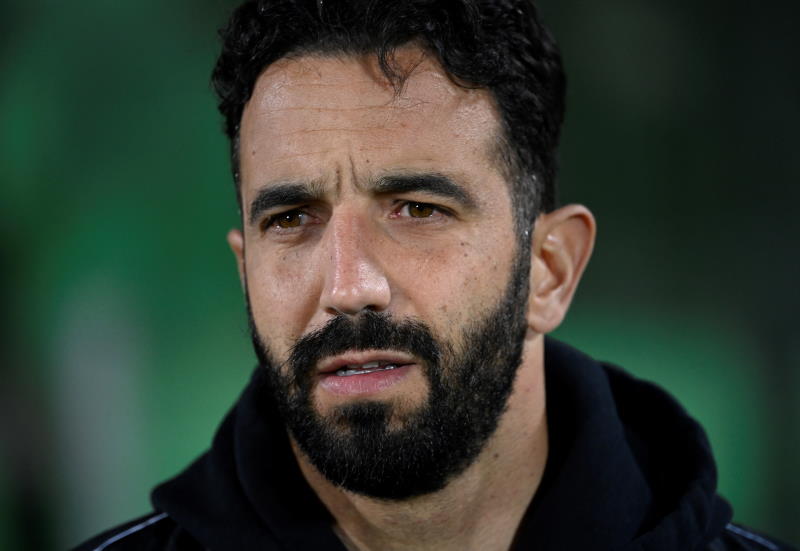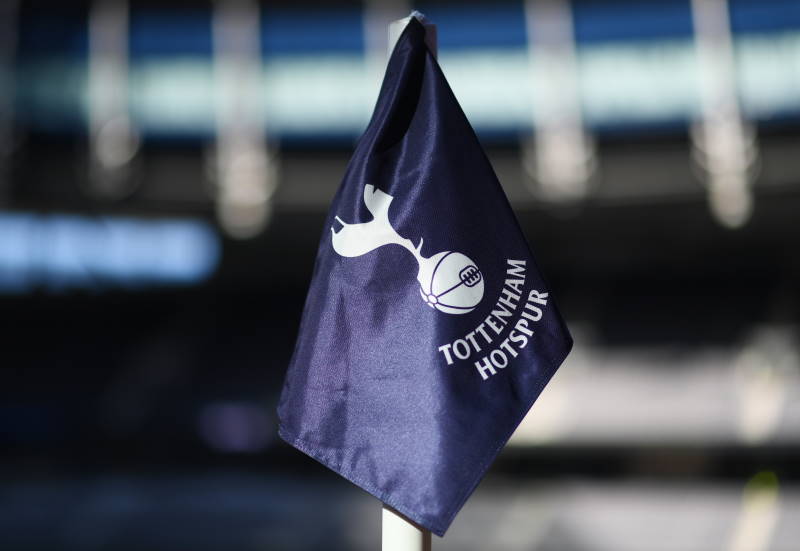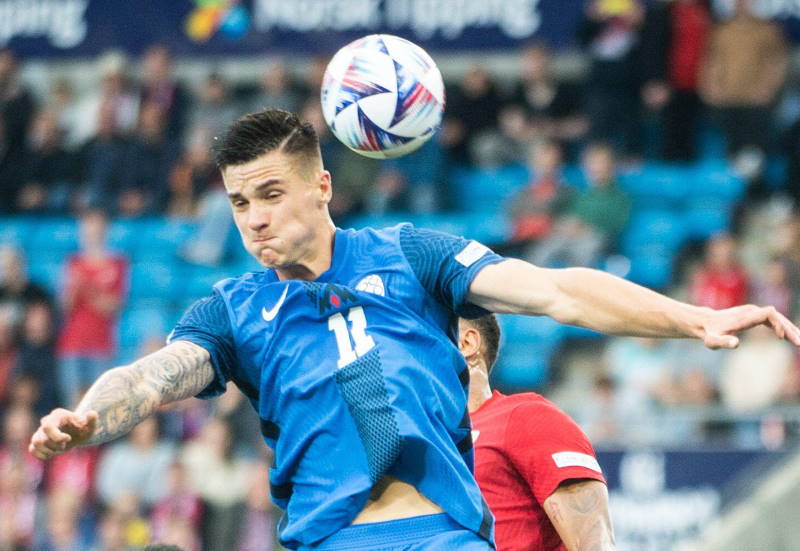
Nick Dorrington
Brazilian football has a reputation for stylish, attacking play, with skilful, creative players going head to head in a ‘we’ll score more than you’ battle for victory. In truth, with the globalisation of football pushing the country’s brightest talents towards Europe at an increasingly early age, pragmatism is fast becoming an important quality for any coach hoping to be successful at domestic level.
On current form, São Paulo’s Muricy Ramalho is king of the pragmatists, having led his side to three successive Brazilian league titles with a tactical philosophy that revolves around quick counter-attacks, making the most of the space available during the transition of play. Joga Bonito it is not; but it is extremely effective, and has firmly established the club at the top of the Brazilian football tree.
Ramalho inherited a Copa Libertadores winning side when he took charge at the Morumbi in 2006, and, clearly keen to avoid upsetting the excellent work of his predecessor Paulo Autuori, it wasn’t until his second year in charge that he really put his own stamp on the tactical makeup of the team. His favoured 3-5-2 formation became the norm – his team primarily made-up of strong, powerful players, augmented by a few quick thinking, technically gifted individuals.
While his three-man back-line is packed with imposing, authoritative defenders, designed to stifle attackers nation-wide, it is defensive midfielder Hernanes, a youth system graduate, who offers the first glimpse of creative intent in the starting eleven. Originally an attacking midfielder, Ramalho decided that Hernanes’ excellent range of passing and skill in possession would be better deployed in a deeper role, similar to the way in which Josep Guardiola used to quickly launch Barcelona’s attacks during the ‘Dream Team’ days.
With classic defensive midfielders such as Josué, Fabio Santos and 2008 revelation Jean all having sat alongside him at one time or another, Hernanes has been given the freedom to express himself and has developed into one of the hottest properties in Brazilian football. He was awarded the player of the year award for the 2008 Brazilian league campaign, and has been strongly linked with a move to Europe, either in January or the summer.
With the two holding midfielders offering balance and expansiveness respectively, the wing-backs are players with good engines, able to get up and down the flanks on offensive and defensive duties. Jorge Wagner, signed after disappointing periods in Russia and Spain, has been a mainstay at left wing-back – his experience playing further in-field valuable, as Ramalho likes his wide defenders to switch places with the central midfielders to create an element of surprise.
The likes of Richarlyson, Joilson and Ze Luis are also comfortable moving between the two positions, and it has often been the case that Ramalho has essentially employed a flat five-man midfield, with everyone interchanging depending on the areas that need reinforcing. This approach has changed somewhat due to the form of attacking midfielder Hugo, who contributed fourteen goals to the 2008 title success, forcing Ramalho to liberate him from the shackles of a conventional central midfield position into a role behind the two main strikers.
Up front, Ramalho has appeared to favour a mix of brains and brawn, with the current combination seeing the strong and stocky Borges play the target-man to Dagoberto’s withdrawn second striker. Aloisio and Adriano were both regulars in their time at the club, but whenever a striker leaves, Ramalho seems to have an uncanny knack of finding a decent replacement, usually from within the Brazilian league system.
That is where the pragmatism that is key to Ramalho’s success with São Paulo comes into play once more. By making solidity the central theme in his side, Ramalho is able to keep the team ticking with a mixture of seasoned professionals and exciting youth team products, even when his best players are plucked from his grasp by the lure of European football.
The likes of Breno, Alex Silva, Ilsinho, Josué and Mineiro have all left the club in the last few years, but Ramalho has been able brush their losses aside and come back stronger for it. With young players such as Roni, Oscar, Sergio Mota and Aislan all waiting in the wings, it would take a brave man to suggest that São Paulo cannot continue their current dominance of the Brazilian league in the years to come.
However, for all their domestic success, São Paulo are yet to win a continent-wide competition since Ramalho took charge. They were losing finalists to Internacional in the 2006 Copa Libertadores, but have since failed to make it past the last eight, losing to Brazilian opposition – Gremio and Fluminense – on both occasions.
In theory, knockout competitions should favour Ramalho’s counter-attacking style – LDU Quito won the 2008 Libertadores based upon a similar philosophy – but until he is able to turn theory into reality then his exulted status in the history of São Paulo may be under question. If he can produce Libertadores success, then he will surely go down in the record books as one of the great coaches of the modern South American game.

